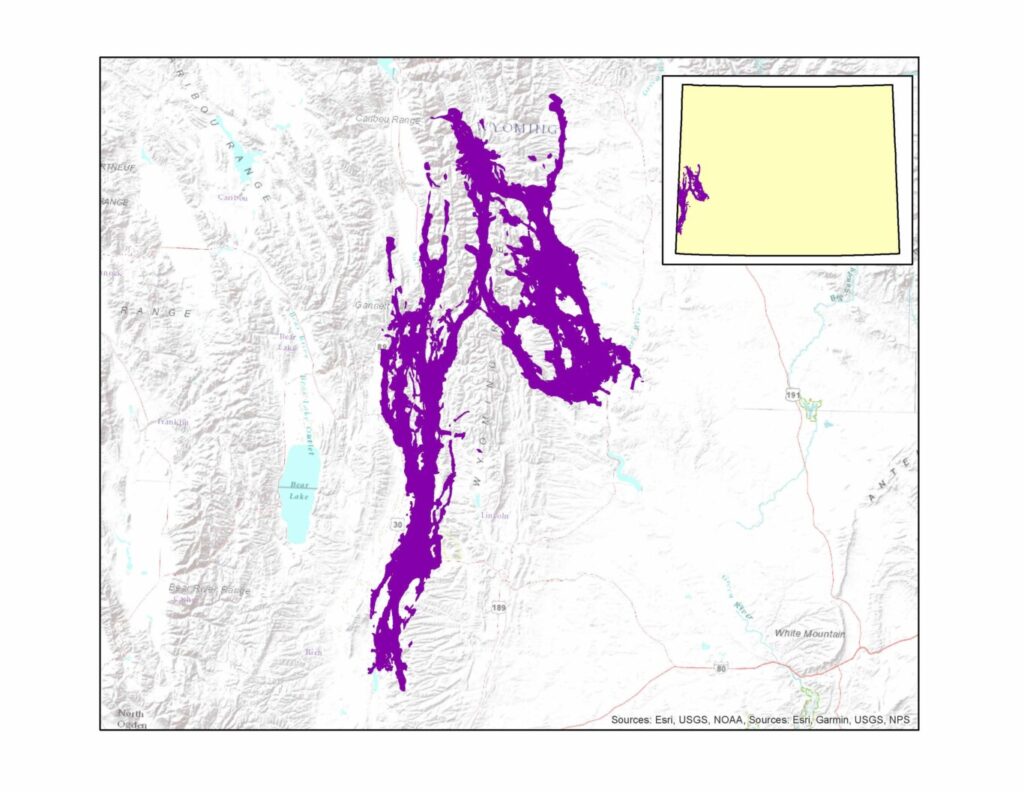The Green Wave is a term used by researchers that has helped describe migrating mule deer movements as they follow the highest quality forage up the mountain in the Spring.
“Whether they migrate 10 miles or 100 miles, animals make these incremental steps that coincide with green up as it moves across the landscape, largely elevational-based, as they move towards summer range,” says Kevin Monteith of the Monteith Shop at the University of Wyoming.
Monteith’s team recently looked at how drought impacts migratory movement. Their study found drought might alter the nice progression of movement up the mountain, as well as negatively affect the order of green-up based on elevation. The quality of forage during this time and how animals are able to follow its progress as they move to summer range is another key attribute on the landscape that also likely contributes to the productivity of deer herds across years.

Originally quoted in a 2017 University of Wyoming article, Ellen Aikens, the lead author, and doctoral researcher says, “This research shows that management and future studies must consider how habitat along with the migratory corridor influences movement and foraging as mule deer migrate.”
The net benefit of migration to the population is the increased access to forage that is created by animals moving across the landscape. They get much better nutrition by following this wave of lush forage, and by accessing a seasonal range that provides more food through the year. The simple act of moving to a new place for a season, and timing their movement with the smorgasbord of rich food, makes for healthier individuals as well as a healthier population.
